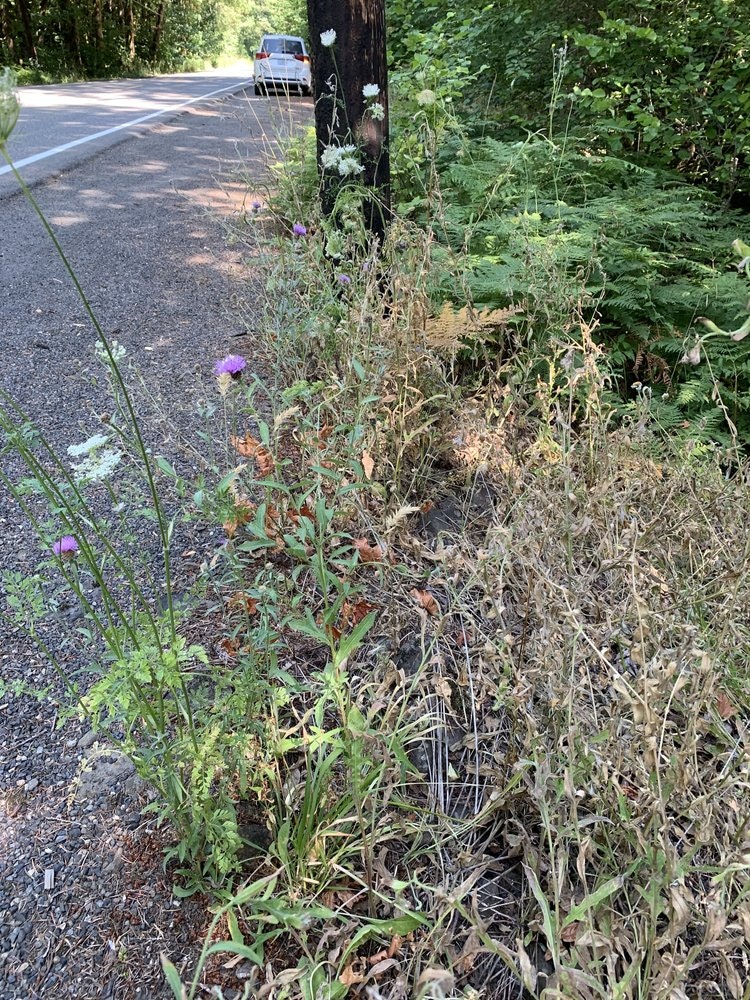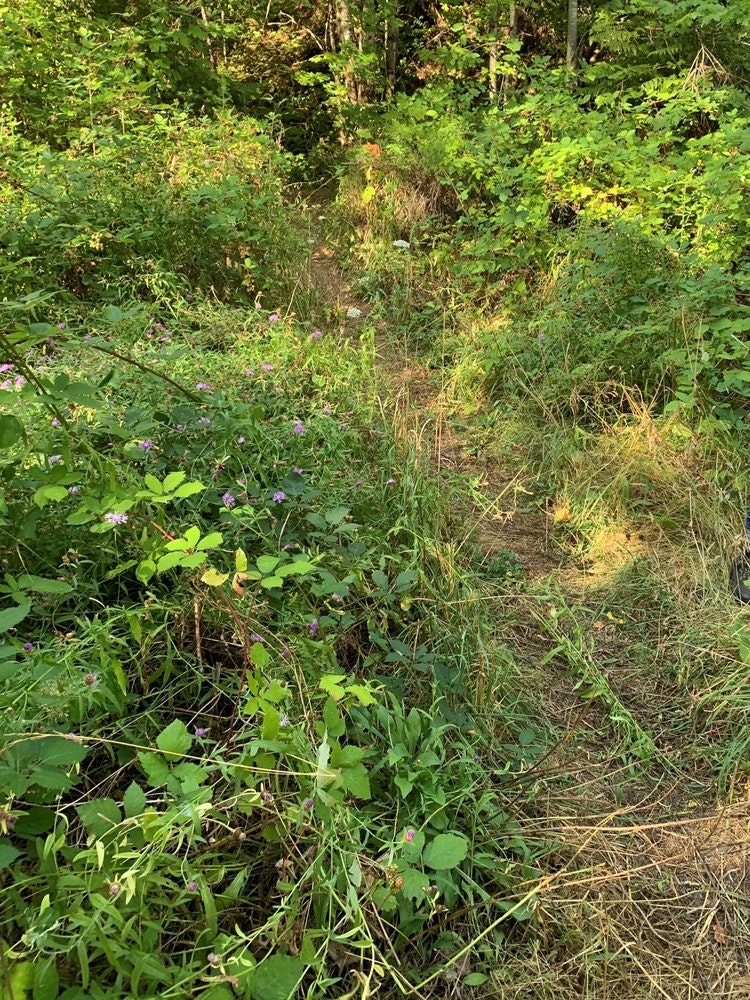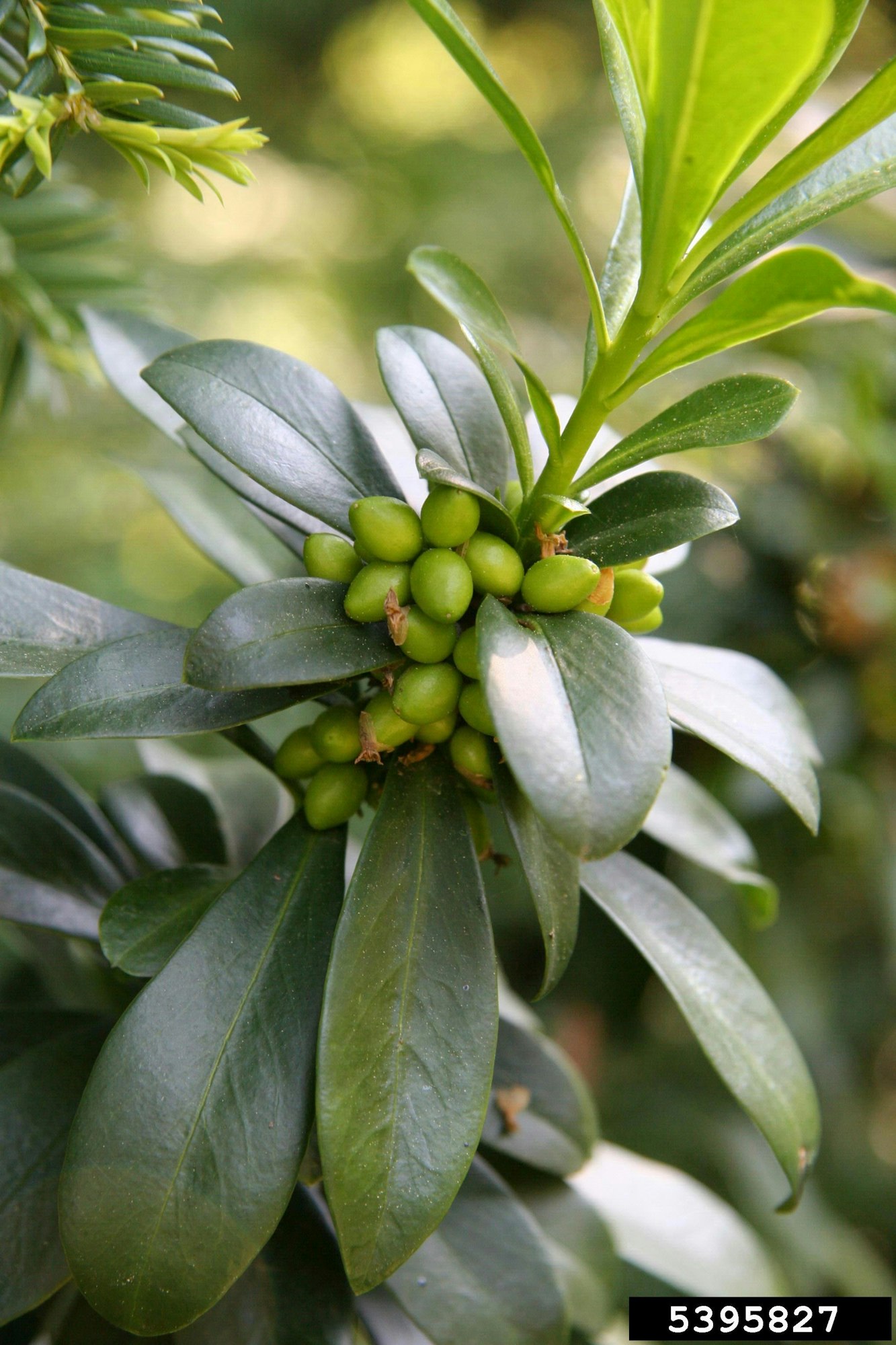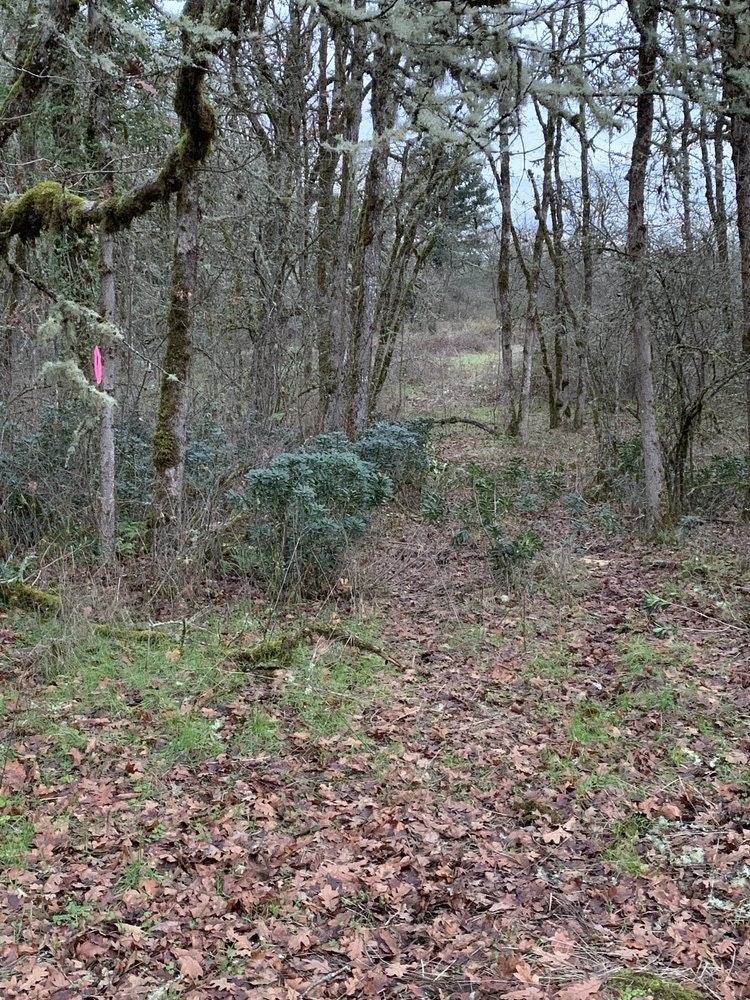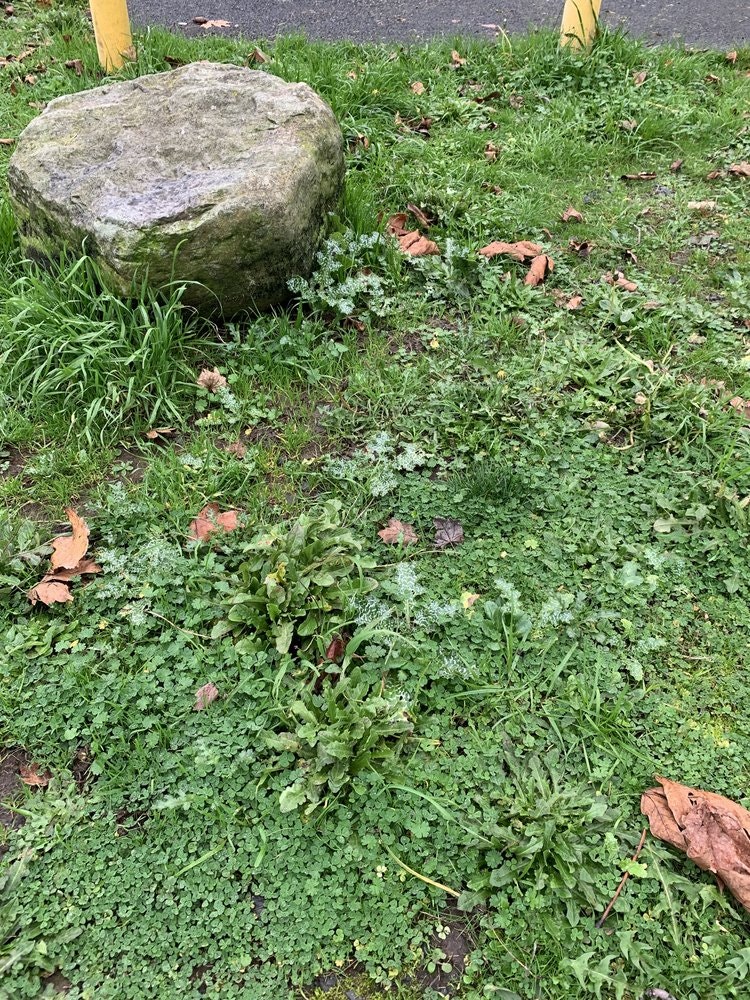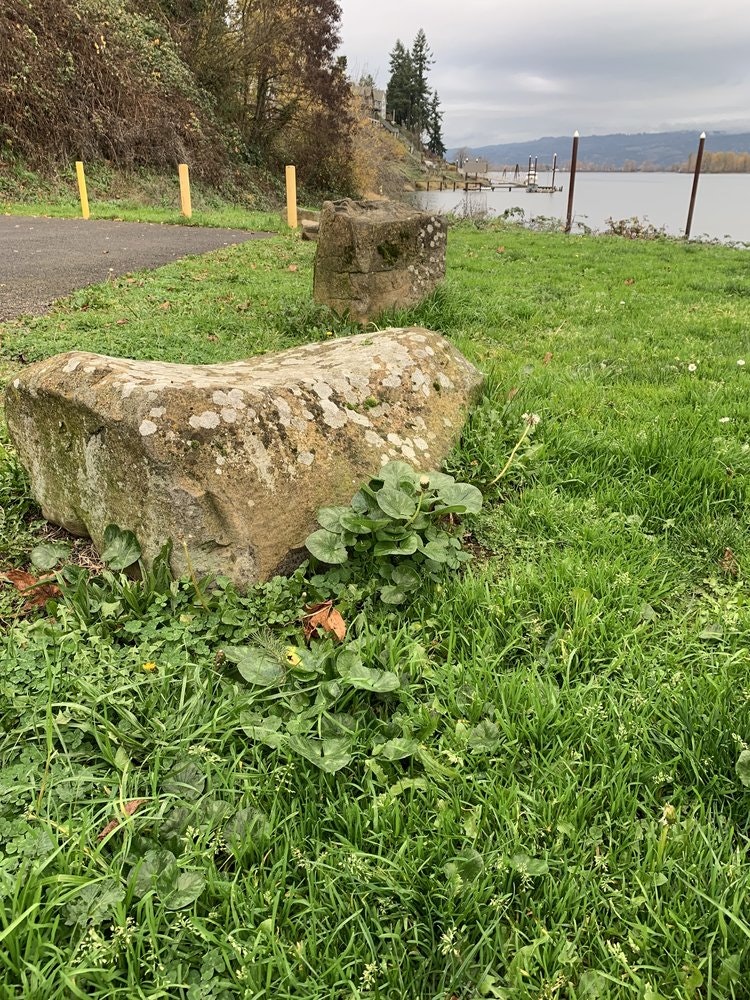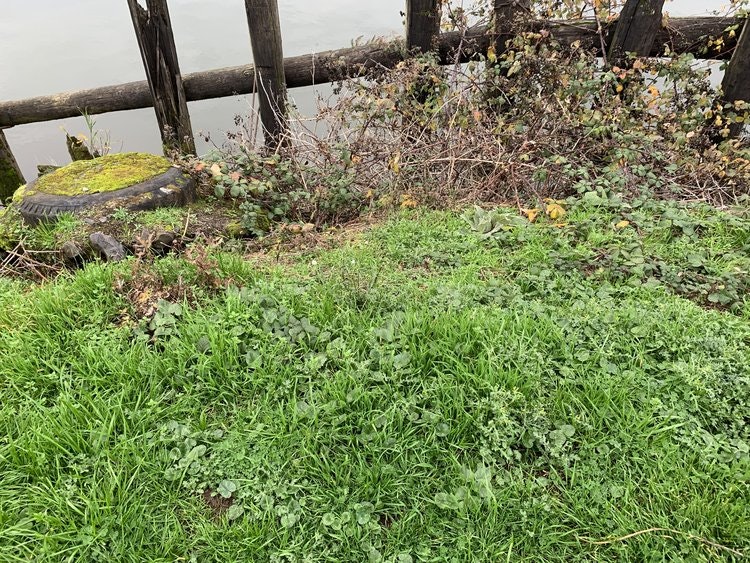Partnering to Protect Public Lands from Noxious Weeds
In February 2022, the Columbia SWCD was awarded funding from the Oregon Watershed Enhancement Board (OWEB) for the Oregon Department of Agriculture (ODA) Noxious Weed Grant. The proposed work for this project includes working with multiple local agencies within Columbia County to treat infestations of noxious weeds on public lands, as well as plant or seed native plants at the treatment sites to prevent future weed establishment.
Location: Public lands including parks and right of ways in Scappoose and St. Helens, and in between
Partners: Columbia County, City of St. Helens, City of Scappoose, Port of Columbia County, Scappoose Bay Watershed Council (SBWC), Oregon Department of Agriculture (ODA), Oregon Department of Forestry (ODF), Oregon State University (OSU) Extension Office, Private Citizens/Volunteers
Grantor: Oregon Watershed Enhancement Board (OWEB)
Application Type: ODA Noxious Weed Grant
Awarded Grant Funding: $38,126
Total Cost of Project: $48,949
The goal of this project is to treat infestations of Meadow knapweed, Lesser celandine, Spurge laurel and Milk thistle on public lands to prevent further spread and reduce the current infestation sizes. The effective management of noxious weeds on our public lands is vital to the health of our watersheds. Infestations that start on public lands can easily spread to private lands where they diminish the environmental and economic value of forest, riparian, upland, and agricultural areas. To achieve this goal, the District has hired a licensed, professional crew to chemically treat these noxious weeds.
Treatment Timeline:
Meadow Knapweed will be chemically treated early-mid summer 2022
Lesser Celandine will be chemically treated early-mid spring 2022
Milk thistle will be chemically treated by ODA mid spring 2022
Spurge laurel will be hand-pulled/treated late fall-early winter 2022
Approximately 120 gross acres and ~24 net acres of weeds to be treated
Approximately 48 acres were surveyed
All treated sites will be seeded after treatment to suppress future regrowth of weeds, stabilize soils, and enhance habitat.
Several of the treatment sites for Meadow knapweed, Lesser celandine, and Milk thistle are in riparian areas. These areas are crucial habitat for many wildlife species including Endangered Species Act (ESA) listed salmonid species, lamprey, and non-anadromous aquatic species. The streams associated with this project are used by Lower Columbia River Coho, Lower Columbia River DPS Steelhead, Lower Columbia River Chinook, Coastal Cutthroat Trout, and Pacific Lamprey. They are also used as migratory corridors by large mammals, nesting habitat for songbirds, pollinator habitat, and more. Riparian areas are used by virtually all wildlife due to their proximity to water and natural biodiversity.
In addition, the removal of Spurge laurel will help protect important oak woodland habitat. Infestations are diminishing the value of these rare habitats and threaten health or adjacent riparian areas along Milton Creek.
Along with reducing and preventing further spread of noxious weeds within Columbia County, the Columbia SWCD intends to form more well-defined partnerships with local agencies and educate private citizens about the importance of promoting native plants instead of noxious weeds. Stronger agency partnerships and a better educated public will further the primary goal of reducing noxious weed infestations, enhancing native plant communities, and protecting the health of our watershed.
